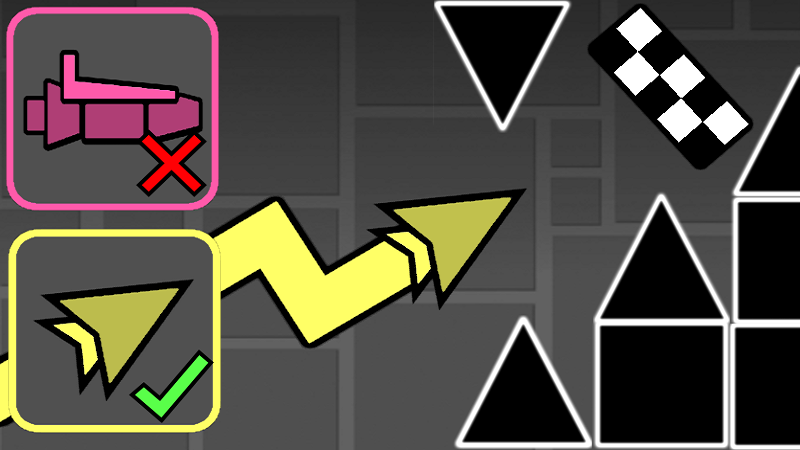-
أخر الأخبار
- استكشف
-
المدونات
The Interplay of Music and Reflexes in Geometry Dash

The magic of Geometry Dash lies in how music and reflexes work together to create a cohesive experience. This interplay engages multiple cognitive systems:
Auditory-Motor Synchronization
The brain’s motor cortex and auditory cortex communicate closely during gameplay. When players hear a beat, their brain anticipates the corresponding action (e.g., a jump or direction change). This process, known as auditory-motor synchronization, is why players often feel they’re “dancing” with the game. Research in neuroscience shows that music can enhance motor performance by providing a temporal framework, which is why athletes often train with rhythmic music.
In Geometry Dash, this synchronization is critical in levels with complex patterns, like “Clutterfunk,” where players must time jumps and gravity switches to a fast-paced track. The music acts as a metronome, guiding the motor actions needed to navigate obstacles.
Pattern Recognition and Predictive Processing
The brain excels at recognizing patterns, and Geometry Dash leverages this by repeating obstacle sequences within levels. Players learn to predict upcoming hazards based on the music’s rhythm and visual cues. This predictive processing reduces reaction time, as the brain pre-empts actions before the stimulus appears. For example, in “Time Machine,” players can anticipate portal transitions by listening for specific musical cues, allowing them to prepare for gravity flips.
Cognitive Load and Decision Fatigue
Geometry Dash’s fast pace can overwhelm the brain’s working memory, leading to cognitive overload. Players must process visual obstacles, auditory cues, and motor actions simultaneously. In later levels, like “Electrodynamix,” the sheer speed and density of obstacles can cause decision fatigue, where players make more errors due to mental exhaustion. Successful players mitigate this by practicing in short bursts and using practice mode to break levels into manageable chunks.





